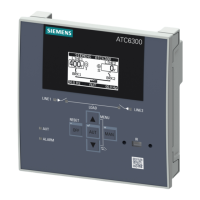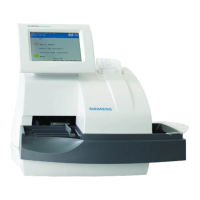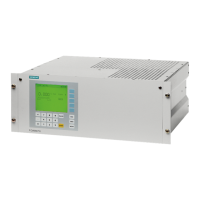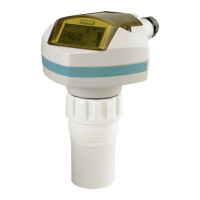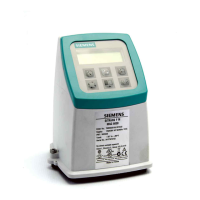© 2008 Siemens Energy & Automation, Inc. All Rights Reserved
ACCESS 9340 and 9360 Meters PMCM-9340D-0208
Appendix A—Meter Register List 2/2008
EN–120
How Power Factor is Stored in the Register
Each power factor value occupies one register. Power factor values
are stored using signed magnitude notation (see Figure A–2 below).
Bit number 15, the sign bit, indicates leading/lagging. A positive value
(bit 15=0) always indicates leading. A negative value (bit 15=1)
always indicates lagging. Bits 0–9 store a value in the range 0–1,000
decimal. For example the meter would return a leading power factor
of 0.5 as 500. Divide by 1,000 to get a power factor in the range 0 to
1.000.
When the power factor is lagging, the meter returns a high negative
value—for example, -31,794. This happens because bit 15=1 (for
example, the binary equivalent of -31,794 is 1000001111001110). To
get a value in the range 0 to 1,000, you need to mask bit 15. You do
this by adding 32,768 to the value. An example will help clarify.
Assume that you read a power factor value of -31,794. Convert this to
a power factor in the range 0 to 1.000, as follows:
-31,794 + 32,768 = 974
974/1,000 = .974 lagging power factor
Figure A–2: Power factor
1023456789101112131415
00000
Sign Bit
0=Leading
1=Lagging
Unused Bits
Set to 0
Power Factor
in the range 100-1000 (thousandths)
P
L
S
D
1
1
0
1
6
8

